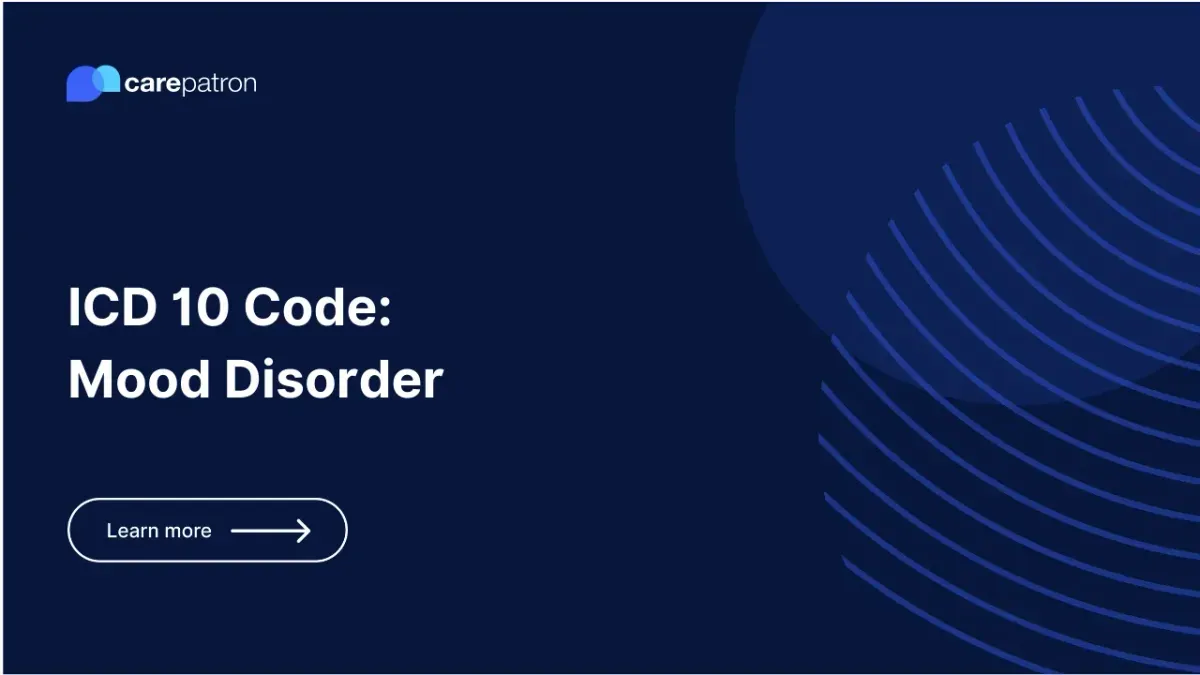
Mood Disorder ICD-10-CM Codes
Learn about the different mood disorder ICD-10-CM codes you can use through this guide.
Use Code
Commonly asked questions
Yes, an individual can have more than one type of mood disorder concurrently. For example, someone may experience symptoms of both major depressive disorder and generalized anxiety disorder.
Yes, some mood disorders, like depression, have higher rates in females than males. However, each person's experience with a mood disorder is unique, and gender is just one factor among many.
Yes, mood disorders can sometimes go into remission without ongoing treatment. However, it is crucial to have a comprehensive evaluation and discuss treatment options with a healthcare professional to determine the most appropriate course of action.
EHR and practice management software
Get started for free
*No credit card required
Free
$0/usd
Unlimited clients
Telehealth
1GB of storage
Client portal text
Automated billing and online payments
